Getting your pills on time isn’t just a habit-it’s a lifeline. For millions managing chronic conditions like high blood pressure, diabetes, or heart disease, missing even one dose can lead to hospital visits, worsening symptoms, or worse. Yet medication adherence remains a massive problem: nearly half of people with long-term illnesses don’t take their drugs as prescribed. The cost? Over $300 billion a year in the U.S. alone. But there’s a simple, powerful fix: medication reminder apps.
Why Medication Reminder Apps Work Better Than Alarms or Pill Boxes
Pill organizers and bedside alarms have been around for decades. They help-but they’re passive. A reminder app is active. It doesn’t just beep. It tracks what you took, reminds you when you’re late, logs side effects, and even warns you about dangerous drug interactions. In a 2025 review of 14 apps, 12 included real-time tracking, and 9 were built for specific conditions like hypertension or diabetes. That specificity matters. An app designed for heart patients doesn’t just say ‘take your pill.’ It explains why skipping your beta-blocker could trigger an arrhythmia. Studies show these apps outperform older methods. A meta-analysis found they improve adherence with a Cohen’s d effect size of 0.40-higher than motivational interviews or educational pamphlets. Patients using apps like Medisafe or MyTherapy were nearly twice as likely to take their meds as prescribed compared to those using no digital tools. And it’s not just numbers. Real users say things like, ‘I finally stopped forgetting my blood thinner’ or ‘I can see my whole week laid out-no more guessing.’How These Apps Actually Work (And What They Can Do)
Modern medication reminder apps aren’t just alarms. They’re full digital health assistants. Here’s what they typically offer:- Custom reminders: Set multiple times per day, with snooze options, volume levels, and even vibration patterns. You can schedule a pill for 8 a.m. and another for 8 p.m.-and the app adjusts if you’re running late.
- Medication tracking: Log each dose taken. Some apps even let you add notes like ‘felt dizzy after this one’ or ‘took with food.’
- Refill alerts: Connects to your pharmacy or lets you manually track how many pills are left. No more running out on a weekend.
- Drug interaction warnings: Scans your full list of meds and flags risky combos, like blood thinners mixed with NSAIDs.
- Sharing reports: Export weekly summaries to send to your doctor or caregiver. No more trying to remember what you took last Tuesday.
- AI-powered insights: Newer apps like Medisafe’s 2025 update predict when you’re likely to miss a dose based on your past behavior-and send a nudge before you forget.
These aren’t gimmicks. In a 2023 NIH study of low-income patients using Medisafe, adherence jumped 43%-from 57% to 99% over six months. That’s not a small win. That’s a life-changing shift.
Top 5 Medication Reminder Apps in 2025
Not all apps are created equal. Here are the five most trusted, based on user ratings, clinical studies, and feature depth:| App Name | Best For | Key Features | Platform Support | User Rating (2025) |
|---|---|---|---|---|
| Medisafe | Chronic conditions, seniors, caregivers | AI predictions, caregiver alerts, drug interaction checker, EHR sync | iOS 13+, Android 8+ | 4.7/5 (iOS), 4.6/5 (Android) |
| MyTherapy | Complex regimens, mental health meds | Symptom tracking, mood logging, daily journal, visual progress charts | iOS 13+, Android 8+ | 4.6/5 (iOS), 4.5/5 (Android) |
| Round Health | Post-surgery, short-term meds | Recovery timelines, guided check-ins, family sharing | iOS 14+, Android 9+ | 4.4/5 (iOS), 4.3/5 (Android) |
| CareZone | Family caregivers, multi-patient homes | Shared care teams, pill photos, insurance info storage | iOS 13+, Android 8+ | 4.3/5 (iOS), 4.2/5 (Android) |
| Mango Health | Rewards-driven users, younger adults | Gift card rewards, gamified streaks, pharmacy discounts | iOS 13+, Android 8+ | 4.5/5 (iOS), 4.1/5 (Android) |
Medisafe leads in clinical validation and integration with health systems. MyTherapy shines for mental health and mood tracking. If you’re helping an aging parent, CareZone’s shared care feature is unmatched. And if you need a little motivation, Mango Health’s reward system works surprisingly well.
Who Benefits Most-and Who Struggles
These tools aren’t magic. Their success depends on the user. The data shows clear patterns:- Best for: Adults under 50, people on 3+ daily medications, those with memory issues, caregivers managing multiple patients.
- Struggles with: Older adults with low digital literacy, people without reliable smartphones or internet, those who don’t see their condition as serious.
Here’s the twist: a 2023 NIH study found that medically underserved patients-many of them elderly or low-income-used Medisafe successfully after just one 15-minute training session. Only 13% dropped out after six months. That contradicts the myth that older people can’t use apps. The real barrier? Poor design. If an app is cluttered, has tiny buttons, or requires typing long notes, it fails. The best apps use big fonts, simple icons, voice-guided setup, and auto-fill medication lists from pharmacy records.
Also, apps that personalize matter more. Dr. Robert Horne from UCL found that apps using AI to tailor messages-like ‘You’ve been taking your statin well this week. Keep it up!’-worked better than generic reminders. It’s not just about remembering. It’s about feeling supported.
What to Watch Out For
Even the best apps have flaws. Here are the top pitfalls:- Notification failures: 31% of Android users report missed alerts. Always check your phone’s battery saver settings-it often blocks background app activity.
- Battery drain: Apps running constant reminders can kill battery life. Enable ‘optimized battery usage’ for the app in your phone settings.
- Privacy concerns: Look for HIPAA compliance and AES-256 encryption. Avoid apps that ask for unnecessary permissions like your contacts or location.
- App abandonment: 7 out of 14 apps studied in 2025 were no longer updated. Stick with top-ranked apps backed by health systems or big companies.
- Pharmacy integration gaps: Only 47% of U.S. health systems fully integrate these apps with pharmacy systems. Don’t assume refill alerts will sync automatically.
If your app stops working, it’s not you. It’s the app. Switch. There are plenty of reliable options.
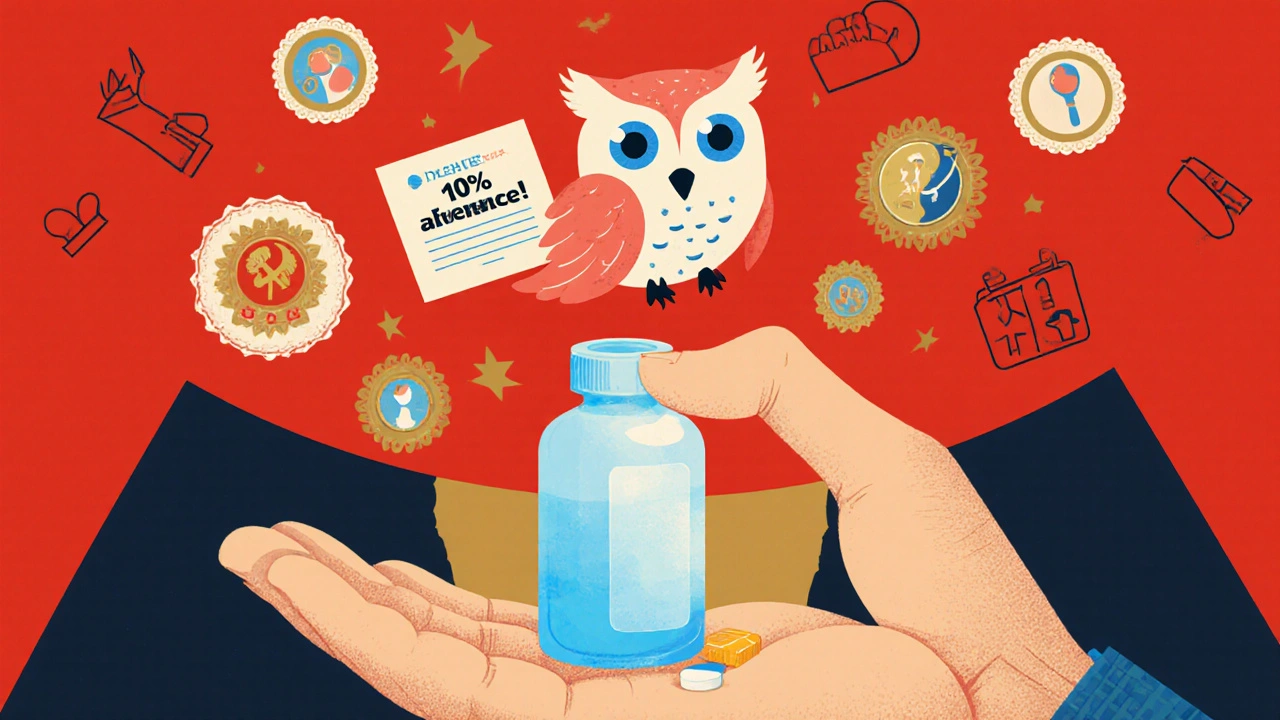
Getting Started: How to Pick and Set Up Your App
You don’t need to be tech-savvy. Here’s how to start:- List your meds: Write down every pill, patch, or injection you take, with dose and time.
- Choose one app: Start with Medisafe or MyTherapy-they’re the most tested.
- Set up reminders: Match your actual schedule. Don’t guess. Use real times you wake up, eat, or go to bed.
- Enable notifications: Go into phone settings and make sure the app can send alerts even when locked.
- Share access: If you have a caregiver, invite them. They’ll get alerts if you miss a dose.
- Test it: Run a trial for 3 days. Do you get the notifications? Do they help? Adjust as needed.
Initial setup takes about 22 minutes. Most people master it after 3-5 uses. Don’t give up if the first day feels awkward. This isn’t an app you use once. It’s a daily habit-like brushing your teeth.
The Future: What’s Coming Next
The next wave of medication tools is smarter. By 2027, 35% of apps will connect to smart pill bottles that detect when a cap is opened. Imagine your app saying: ‘You opened your insulin bottle at 7:15 a.m.-good job.’ AI will predict missed doses before they happen. Apps will sync with wearables to check if your heart rate spikes after skipping a beta-blocker. And some insurers are already offering discounts for users who maintain 90%+ adherence through digital tools. But the biggest change? More apps will be prescribed. Doctors in Australia, the U.S., and the U.K. are starting to write ‘Prescribe Medisafe’ on scripts. It’s not science fiction-it’s happening now.Can medication reminder apps really improve adherence?
Yes. Multiple studies, including a 2025 systematic review in JMIR, show that well-designed apps improve adherence by 30-45% compared to no digital tools. The effect is stronger than traditional methods like printed instructions or phone calls. Apps that personalize reminders and track outcomes show the best results.
Are these apps safe and private?
Reputable apps like Medisafe and MyTherapy follow HIPAA standards, use AES-256 encryption for stored data, and TLS 1.2+ for data in transit. Avoid apps that ask for access to your contacts, camera, or location unless necessary. Always check the app’s privacy policy and look for clear statements about data security.
Do I need a smartphone to use these apps?
Yes. All major medication reminder apps require a smartphone running iOS 13 or Android 8 or later. There are no reliable web-only or feature-phone versions. If you don’t have a smartphone, consider asking a family member to manage the app on your behalf or use a simple pill organizer with alarms.
What if I forget to take my pill and the app doesn’t remind me?
First, check your phone’s battery settings-many phones block background app activity to save power. Turn off battery optimization for your medication app. Also, enable multiple reminder types: sound, vibration, and pop-up. Some apps let you set a 15-minute snooze. If notifications still fail, consider pairing the app with a smart pill bottle that lights up or beeps when opened.
Can these apps replace my pharmacist or doctor?
No. Apps are tools, not replacements. They help you remember and track-but they can’t diagnose, adjust doses, or handle side effects. Always consult your doctor or pharmacist if you feel worse, notice new symptoms, or want to change your regimen. Use the app to bring better data to your appointments, not to self-manage.
Are there free options, or do I have to pay?
Most top apps, including Medisafe and MyTherapy, are free to download and use. Some offer premium features like advanced analytics or family sharing for a monthly fee (usually under $5). You don’t need to pay to get core benefits like reminders and tracking. Be wary of apps that charge upfront-legitimate ones are funded by health systems or insurers, not users.
How long does it take to see results?
Many users report improved adherence within the first week. Clinical studies show significant gains within 30 days. The key is consistency. The app won’t help if you only use it for a few days. Make it part of your daily routine-like checking your email or scrolling through your phone in the morning. After 2-3 weeks, it becomes automatic.
Next Steps: What to Do Today
If you’re struggling to take your meds on time, don’t wait. Here’s your action plan:- Download Medisafe or MyTherapy right now.
- Open it and enter your current medication list.
- Set reminders for each pill at the exact time you take it.
- Turn on notifications and disable battery optimization for the app.
- Ask a family member to join as a caregiver.
- Use it for 14 days. Then check your progress report.
Medication adherence isn’t about willpower. It’s about systems. And today, the best system you can use is on your phone. Start today. Your future self will thank you.

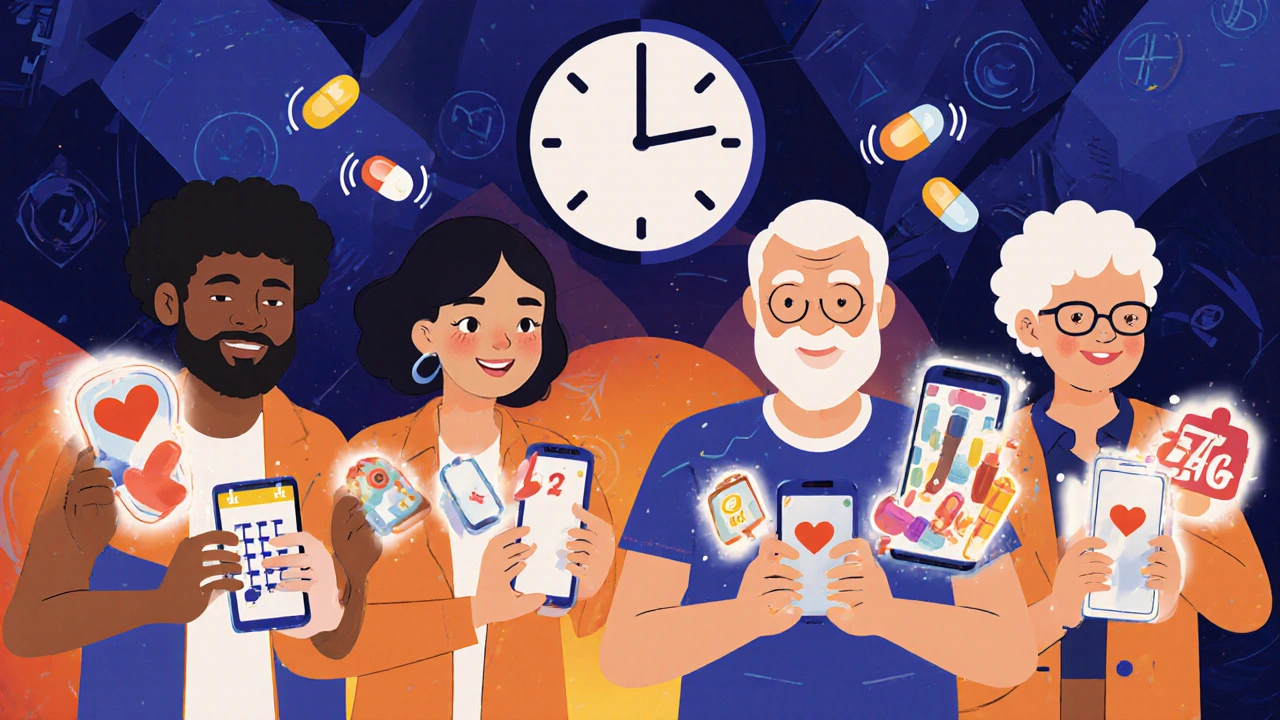
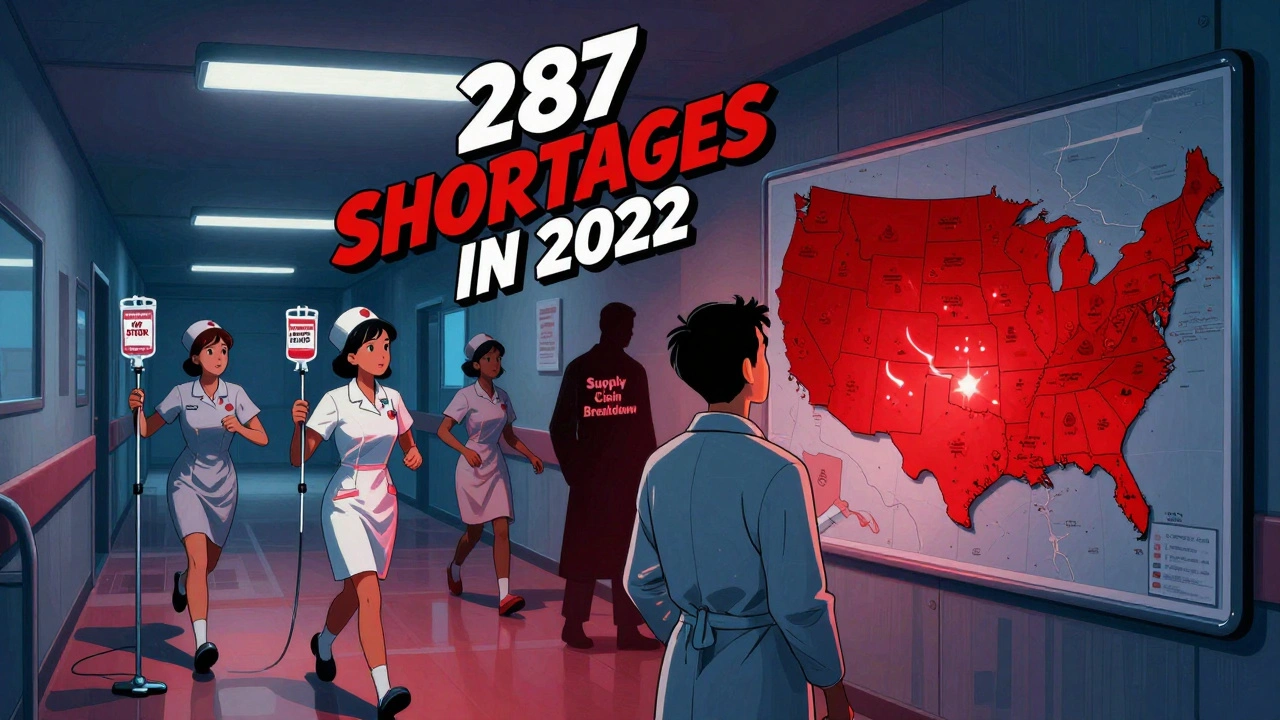
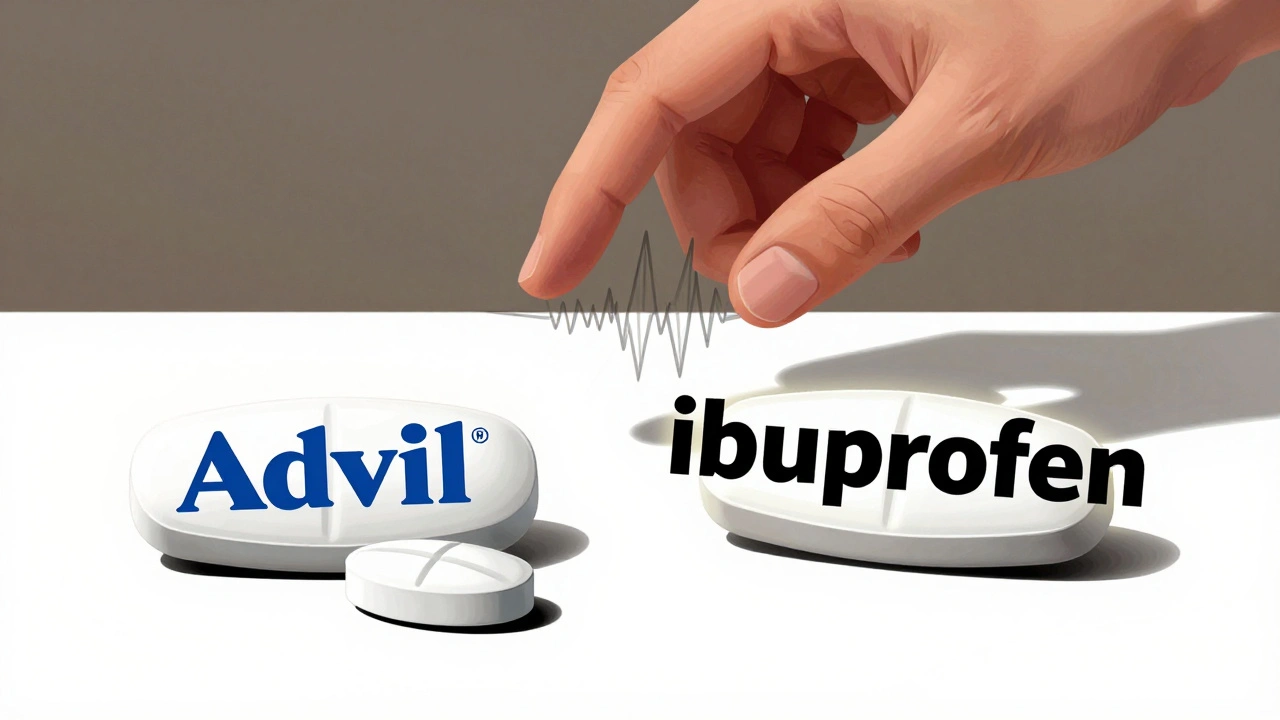
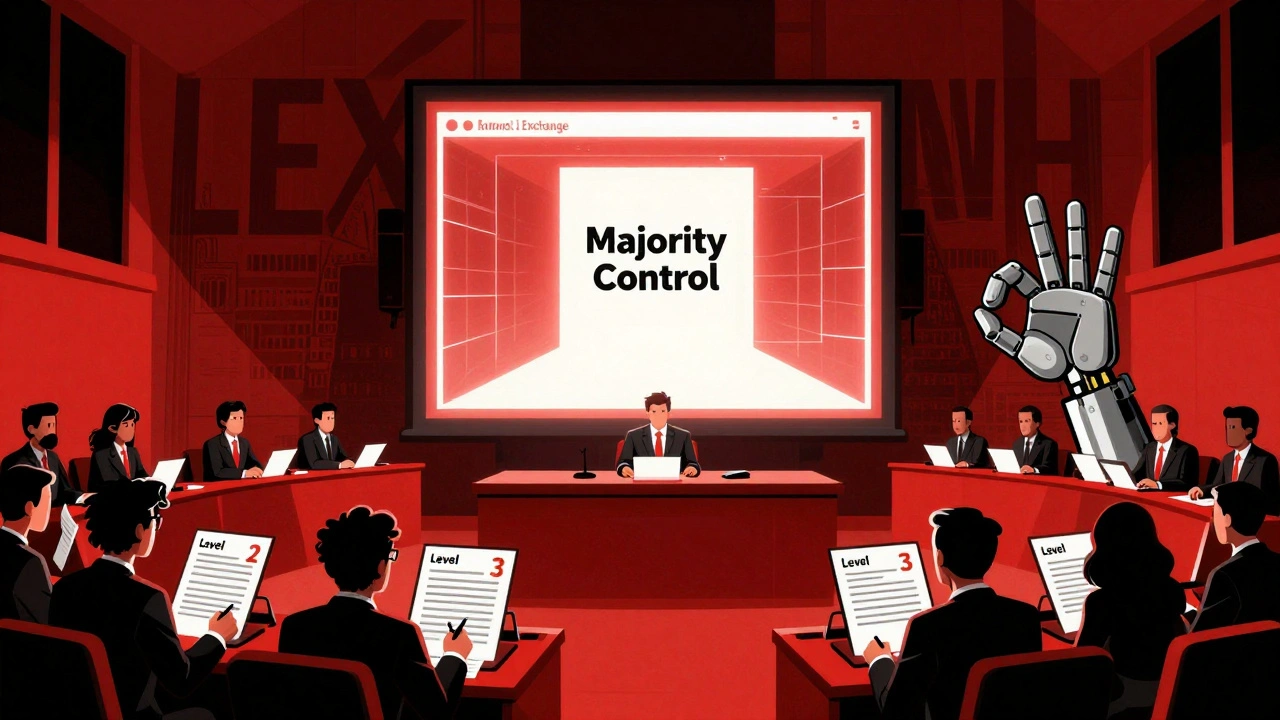
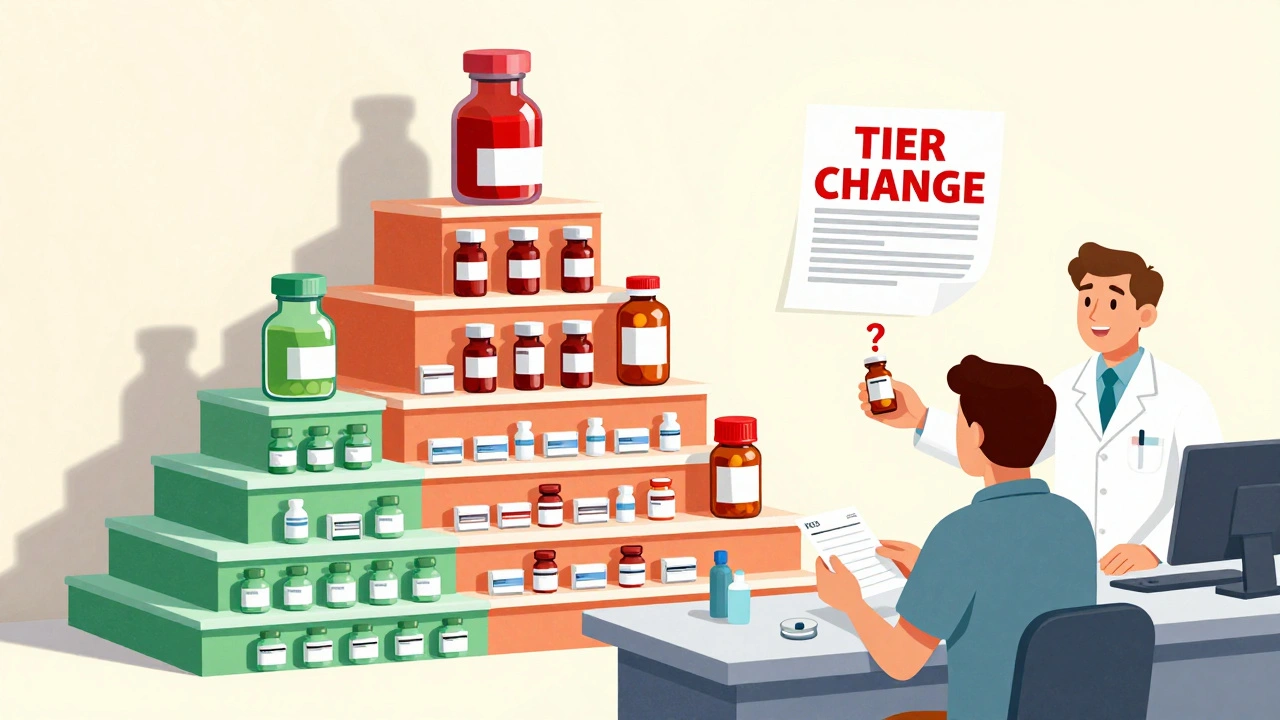

Shirou Spade
November 24, 2025 AT 17:40It's fascinating how these apps shift adherence from willpower to system design. We've spent decades blaming patients for non-compliance, when the real failure was in assuming memory alone could manage complex regimens. The data doesn't lie - when you remove friction, behavior changes. It's not about discipline; it's about architecture.
Rachel Villegas
November 24, 2025 AT 20:51This is the most practical health tech piece I've read all year. No fluff, no hype - just clear steps and real stats. I'm sharing this with my mom's care team tomorrow.
Elise Lakey
November 25, 2025 AT 07:46I've been using MyTherapy for my antidepressants and it's changed everything. The mood logs helped my therapist spot patterns I never noticed. Still not perfect, but way better than scribbling on napkins.
Patricia McElhinney
November 26, 2025 AT 11:03These apps are just another government-backed surveillance tool disguised as healthcare. They track your every pill, your mood, your schedule - and then sell it to insurers who raise your premiums if you 'miss' too many doses. Wake up. Privacy is dead if you use these things. And don't get me started on the AI predicting your behavior - sounds like dystopian nonsense to me.
Dolapo Eniola
November 28, 2025 AT 10:34Bro, I use Medisafe for my hypertension meds and it saved my life. My wife got notified when I missed my dose last Tuesday and called the ambulance. That’s not tech - that’s family. And yeah, Android notifications suck sometimes, but turn off battery saver and boom - problem solved. Stop overthinking it. Just download it. 🙏
Jefriady Dahri
November 28, 2025 AT 23:16Man, I’ve seen this play out with my uncle in Kerala - 78, never used a smartphone, thought apps were for kids. We sat down for 15 mins, used voice input to enter his meds, turned on big text mode, and now he gets daily voice reminders in Malayalam. He says it feels like someone’s watching over him. Tech isn’t the barrier - bad design is. These apps? They’re not just useful. They’re compassionate.
Roscoe Howard
November 29, 2025 AT 07:21While the data presented is statistically significant, it ignores the structural reality of American healthcare. These apps assume access to smartphones, consistent internet, and digital literacy - luxuries not afforded to the elderly poor or rural populations. The $300 billion cost is real, but blaming individual non-adherence while underfunding public health infrastructure is like blaming a drowning man for not swimming better. Until we fix systemic neglect, apps are Band-Aids on arterial bleeds.
Arup Kuri
November 29, 2025 AT 23:33These apps are definitely part of the Big Pharma agenda to keep you dependent. Why? Because if you take your meds perfectly, they can’t keep selling you new ones. Look at the ‘reward system’ in Mango Health - gift cards? That’s how they hook you. And don’t trust those ‘HIPAA compliant’ claims - they’re just legal loopholes. The real goal is data mining. Your health info is worth more than your credit score. Stay vigilant.
Agastya Shukla
November 30, 2025 AT 09:15One thing missing from this analysis: cultural context. In many Indian households, medication is managed communally - not individually. Apps designed for solo use fail here. What if the app could let a daughter in Mumbai manage her father’s meds in Delhi, with real-time sync and multilingual voice prompts? That’s the next frontier. Not AI nudges - intergenerational digital bridges.